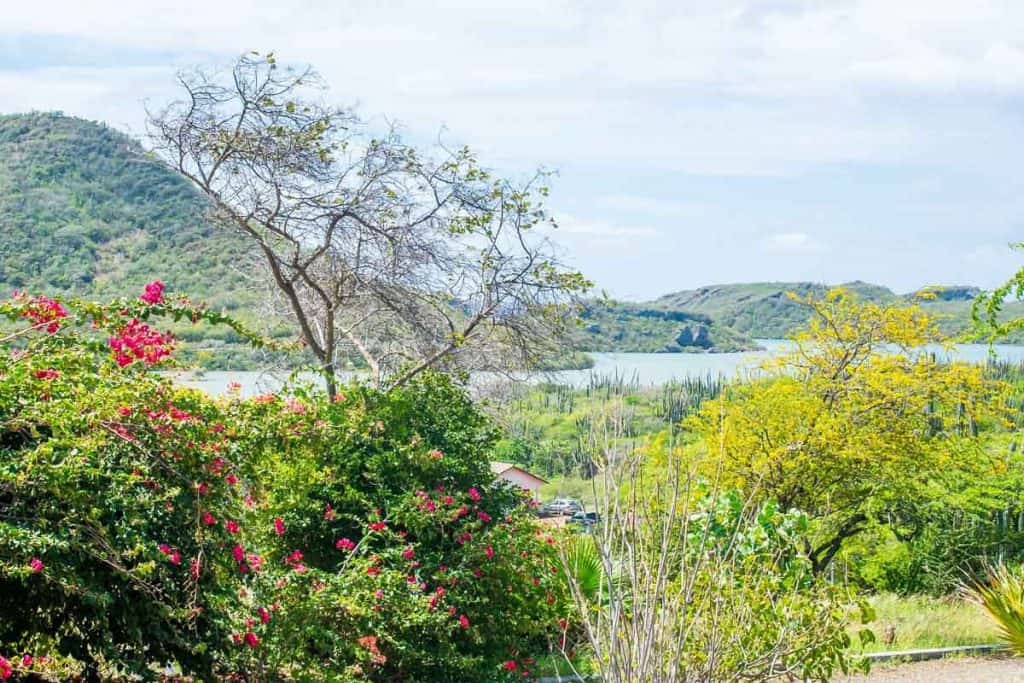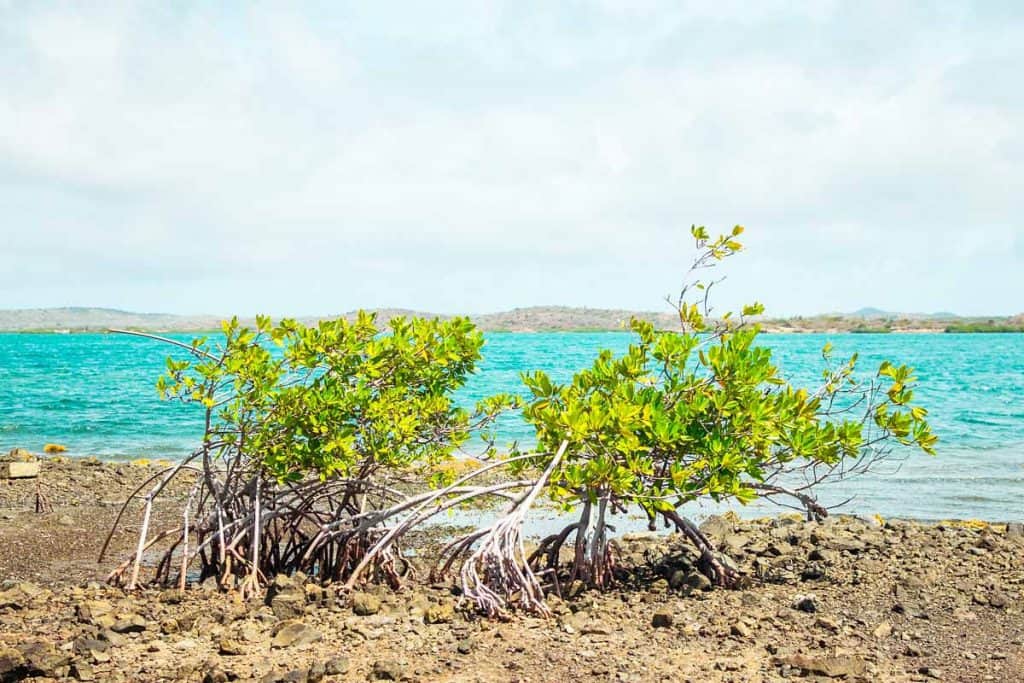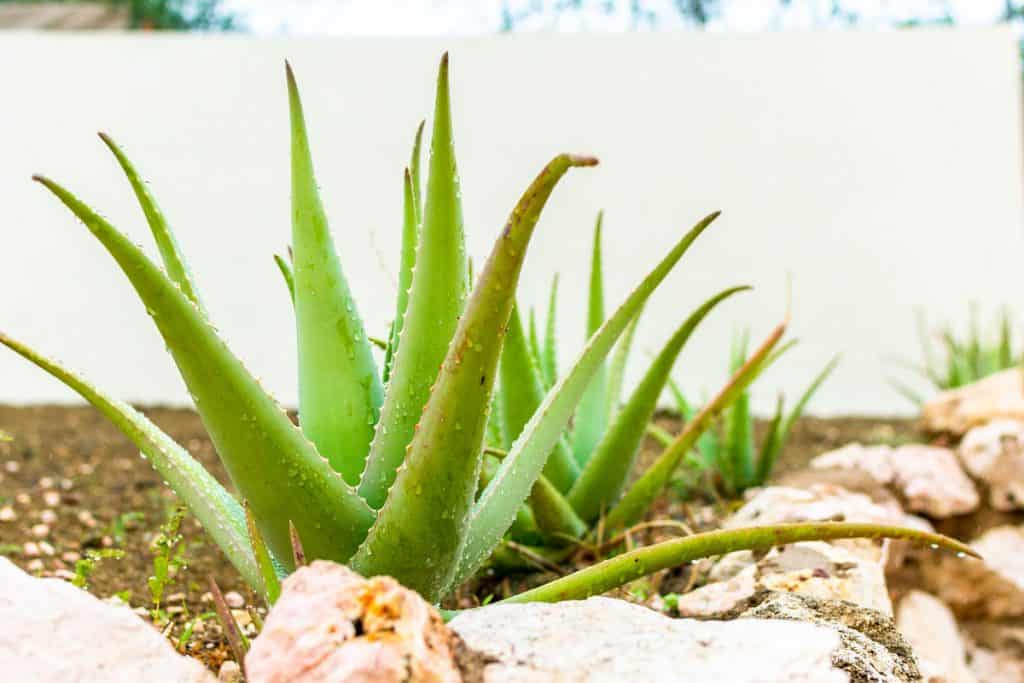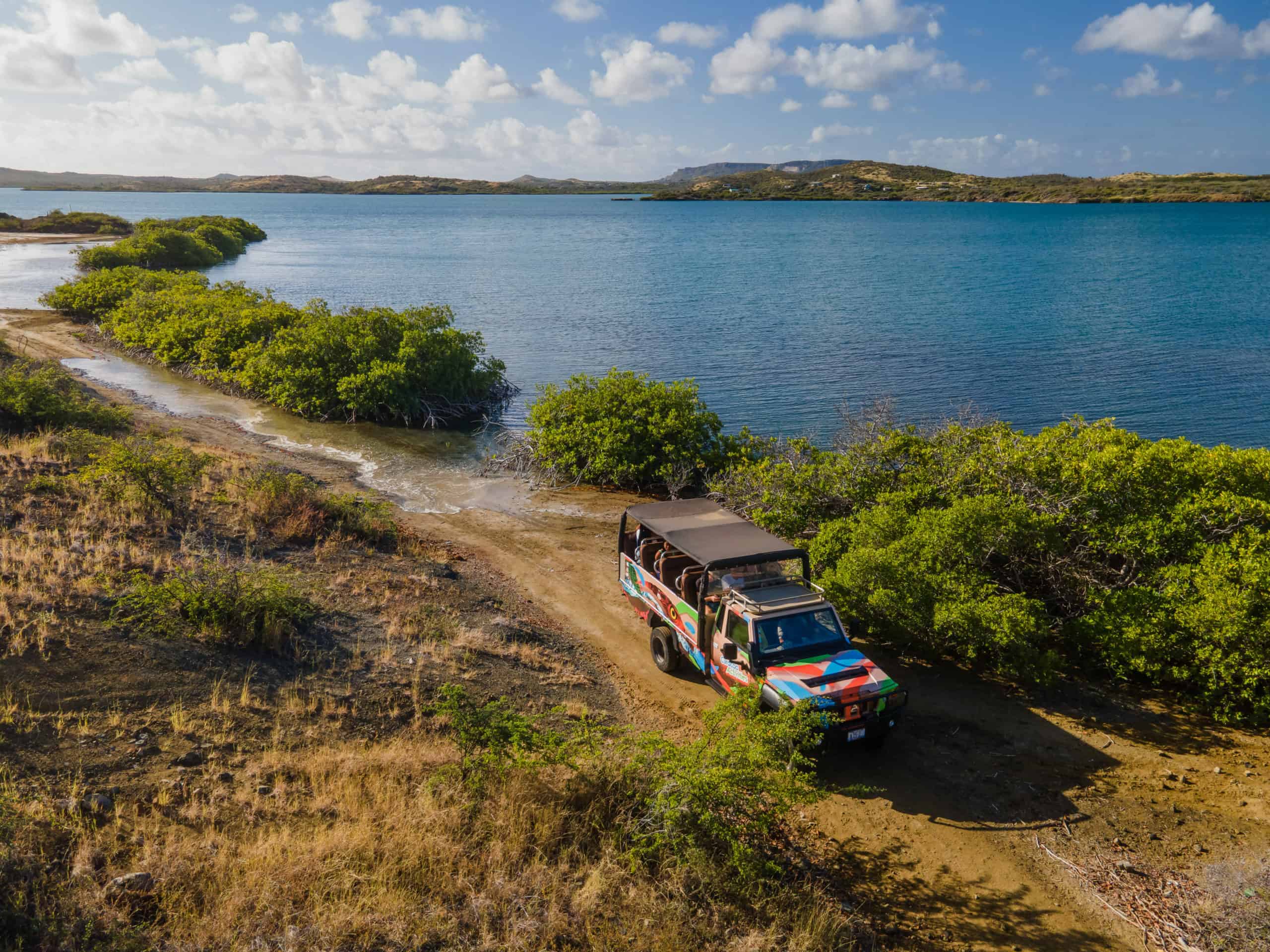You might think that with such a dry and arid climate, Curaçao won’t have much to offer when it comes to its flora. However, it’s because of the climate that we have such peculiar Curaçao plants that not only makes the landscape prettier but also has a cultural significance.
For ages, locals have used their environment to aid and support their day-to-day life. Using plants for their medicinal power, their ability to be used as a tool, or their flavorful taste. There are a few Curaçao plants that you will definitely come across during your vacation. It’s important to know what type they are and what they are used for.
Cactus
There are many types of cactuses on the island, but one of the most popular ones is the ‘Kadushi’. The Kadushi stands tall thanks to its trunk-like inside and with countless needles on the outside. Next to the Kadushi Cactus you also have the Yatu cactus on the island.
The Kadushi can be turned into a flavorful and powerful soup with a slimy texture or are used as fences around the yard (the Yatu cactus)—because they’re so tall and strong.
Aloe Vera
The Aloe Vera needs no introduction. This medicinal plant has been raved about all around the world, with many brands using its power in their cosmetic and pharmaceutical products. All around the island you can see the Aloe Vera with its leaves layered on top of each other and pointing outward.
What makes the Aloe Vera one of the typical Curaçao plants is the fact that we have our own Aloe Vera farm, CuraAloe Plantation. We have many local brands that use pure Aloe Vera but CurAloe is the most popular brand that even exports its cosmetic products. If you ever need a bug spray or sunscreen, the CurAloe is certainly the brand that is often recommended.
Divi Divi
The Divi Divi is a very famous tree that represents the islands Aruba, Bonaire, and Curaçao. This tree is easily recognized by its leaning posture. Because the wind blows from east to west on the island, the branches of the tree also lean towards the west.
The Divi Divi is the national tree of Curaçao. Many companies have embraced the name and image of this tree in their own business, like the Divi Divi Airline and in the logo of the national TV channel.











